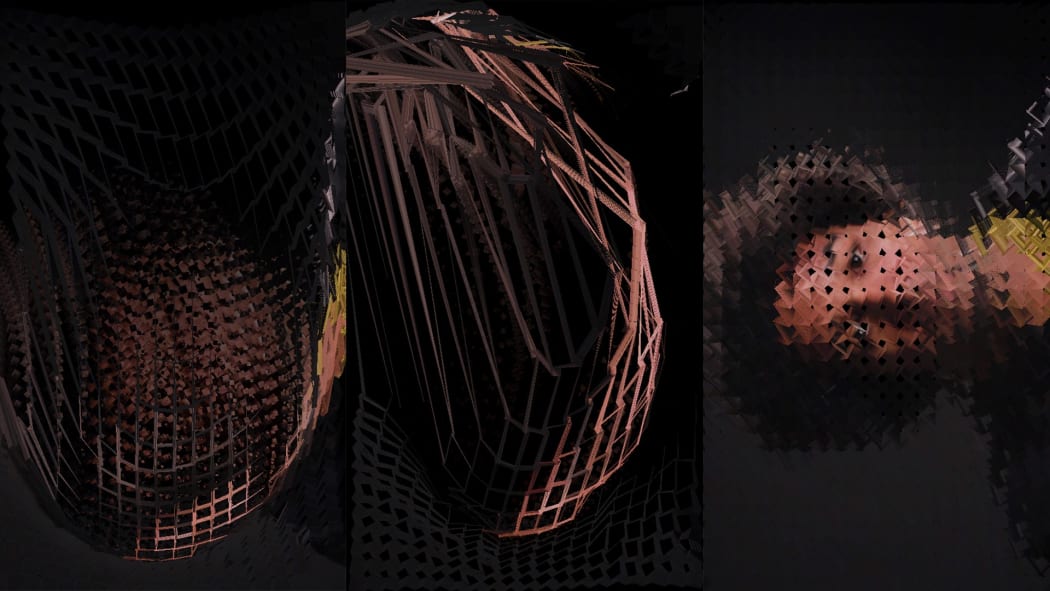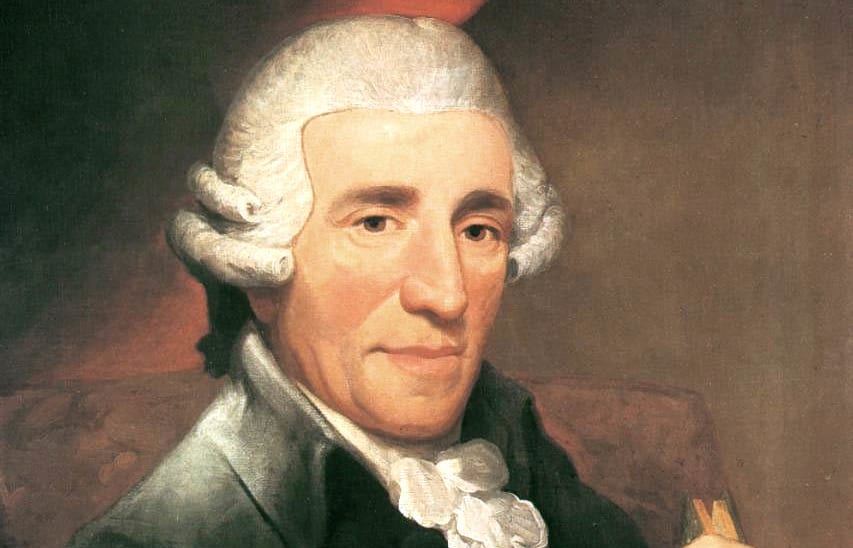Have you ever imagined what music looks like?
Haydn’s ‘Sunrise’ evokes images of daybreak. But digital artist Joe Dixon is translating it into a different image.
The ‘finale’ is being performed by members of the New Zealand Symphony Orchestra as part of Creative Realities, on Thursday night in Wellington.

Photo: James Douglas / Unsplash
Joe will be creating live on stage during the performance.
He says the music is captured in two parts. A microphone is picking up the music, and a human 'interpreter' moves to the music, with his gestures becoming part of the painting.
This is combined with an algorithm which defines how the artwork is formed and how sound, pitch and speed are portrayed.

Digital images by artist Joe Dixon Photo: Joe Dixon
“The interpreter uses sweeping and spinning motions, fast and slow, to portray their interpretation of the performance,” he says. “Within the algorithm there are rules in place to constrain what colours and forms can be produced, but these rules are left loose enough to allow the performance to be in control.”
Although Joe has been rehearsing with the musicians, each painting has come out differently. “There are a lot of factors that lead to the work’s final form that are specific to the individual performance: The acoustics of the setting, the gestural interpretation, the musicians’ performance - even the applause of the audience can result in very different artworks,” Joe says.

Portrait of Joseph Haydn Photo: Thomas Hardy, Public Domain
The audience will be able to watch the artwork’s creation via big screen on the night.
Creative Realities is part of ArtsTech, set up by Dr Stephanie Pride to celebrate where art and technology intersect.
According to Stephanie, art and technology have developed together over hundreds of years, from the use of electricity in recording music and lighting performances spaces, to making violin strings from metal rather than gut.
“We need to make it easy for artists, scientists and tech innovators to come together across their organisational, sectoral and conceptual boundaries - and we need to do it in ways that keep faith with the essence of the classical art forms whilst extending the bounds of what that art form is,” she says.
“I wanted to involve classical music because it’s of one of those areas where little attention has been paid to how technology could augment performances, or reinvent them for the twenty-first century, so there’s a huge opportunity for New Zealanders to innovate in this area.
You can hear members of the NZSO perform the finale from Haydn’s 'Sunrise' String Quartet Opus 76 No 4 and watch Joe Dixon paint at 4.45pm, Shed 6 on Thursday 24 May.

